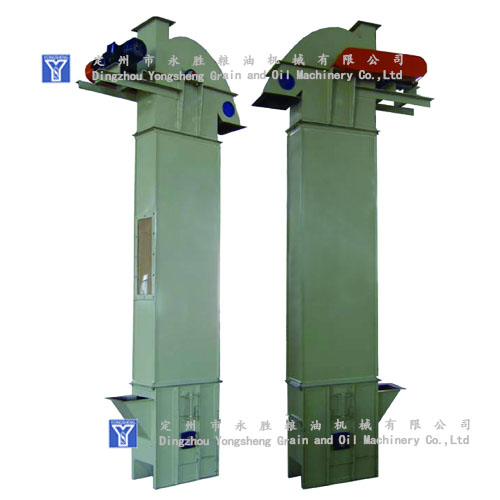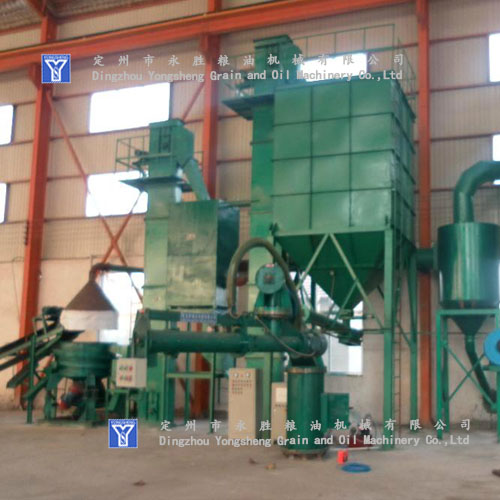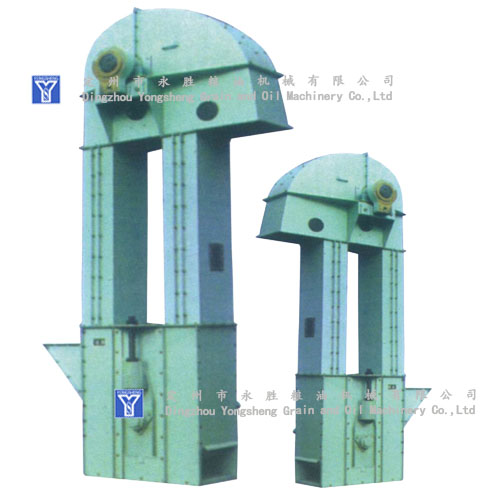Mainly have hardness, firmness, stability, agglomeration, oxidation, self-ignitability, water content and swell.
I. Hardness The performance of mineral rock resistance tool intrusion is called hardness. Hardness has a great influence on rock drilling. The harder the hardness, the harder it is to rock.
Second, the sturdiness is also a resistance to external forces. This external force is not a simple external force, but a comprehensive external force, that is, the force under the action of smashing, smashing, mechanical breaking, **** explosion. Ruggedness is expressed in f, called the Platts coefficient.
It represents the average value of the ultimate compressive strength of rock, rock drilling speed, and explosive consumption. It is expressed as one percent of the ultimate compressive strength of mines and rocks:
f=R/100
Where: R-mine, rock ultimate compressive strength.
Third, the stability of the ore or rock allows the size of the exposed area and the length of exposure.
According to the size of the exposed area, the stability of the ore can be divided into:
(1) Unstable: ie, mines, rocks, roofs or two gangs need immediate support when exposed, allowing an exposed area of ​​50m 2 or less;
(2) Moderately stable: the exposed area of ​​such mines and rocks is generally within 50-200 m 2 , and can be safely produced without support;
(3) Stable: The exposed area of ​​unsupported is allowed to be 200-800 m 2 or more.
4. Agglomerate The ore and surrounding rock collected are called agglomerating after being pressed and wet for a period of time. Such as clay , talc, etc. have agglomeration.
5. Oxidizing properties Under the action of water and air, the oxidized ore is oxidized due to excessive time. Sulfide ore recovery rates can be reduced after oxidation, the ore may also lead to caking and spontaneous combustion.
6. Spontaneous combustion The nature of mines and rocks with spontaneous combustion is called spontaneous combustion. Sulfide ore containing more than 18% to 20% of sulfur may spontaneously ignite, causing a fire.
7. Fragmentation The volume of the ore after rocking is larger than that of the original rock. This property is called swell. The swell of the ore is usually expressed by the coefficient of bulging, which represents the ratio of the volume after the bulging to the volume of the original ore.
Generally speaking, hard rock and extremely hard rock are 1.45 to 1.8; medium hard rock is 1.4 to 1.6; sandy clay is 1.2 to 1.25.
HL-ring chain centrifugal Bucket Elevator main characteristics:
1. smooth operation, high transmission efficiency.
2. Multi-hopper form, should be preferred.
3. Strong adaptability, easy installation and maintenance, long life.
4. The whole small size, high speed, to ensure rapid and uniform delivery.




Bucket Elevator
Oil Seeds Bucket Elevator,Chain Bucket Elevator,Auto Plant Oil Seeds Bucket Elevator,Ring Chain Bucket Elevator
Dingzhou Yongsheng Grain & Oil Machinery Co.,Ltd. , https://www.oilpresschina.com
